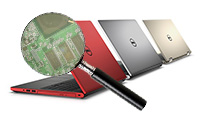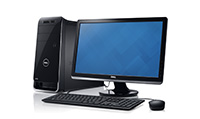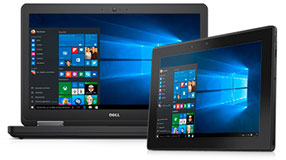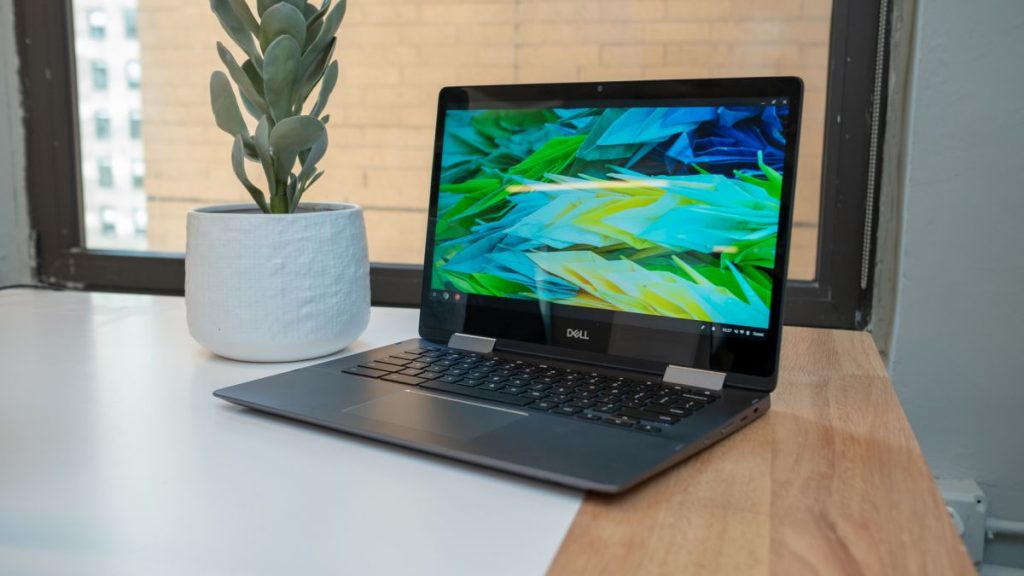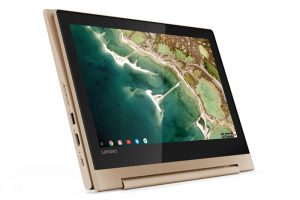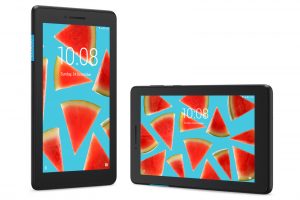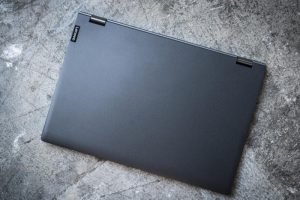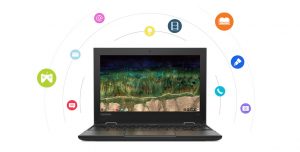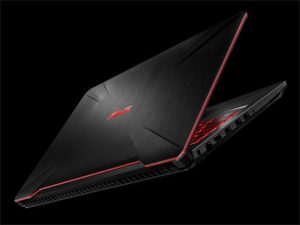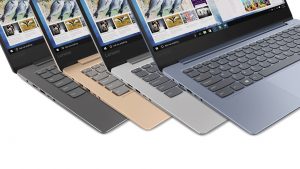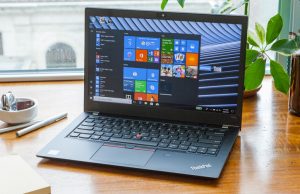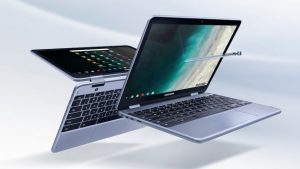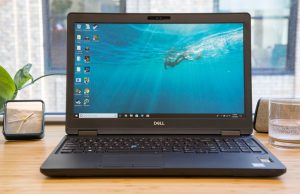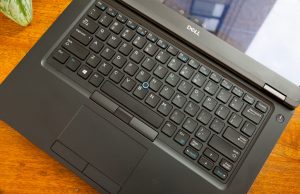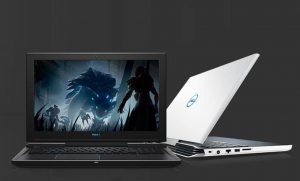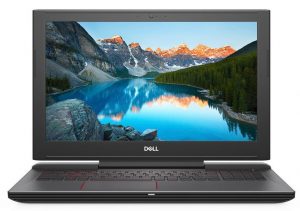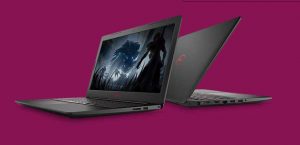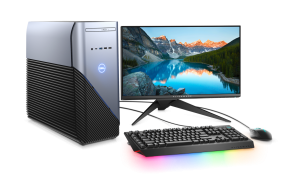Very high resolution display technology, designated as retina quality, retina class, or retina style, is coming soon to a pair of eyes near you. As related to computer, tablet, smartphone, and other types of screens, the meaning of the term retina is not "in the eye of the beholder". Apparently, however, many eyes will indeed behold those displays beginning to proliferate by the middle of 2013, and retina class panels will probably advance into domination of much of the display market by the end of 2014.
What is the Definition of "Retina Display"?
Let's don't trip over this, but who defines the definition or meaning of the term "retina display", and just how high does the pixel count have to be to fit the parameters of the term?
It turns out that Apple created the phrase "retina display", as a marketing term, just as Intel created material specifications that compose the definition of the word "ultrabook". In both cases, those terms are not just about marketing. They actually do have meaning that translates into solid silicon substance.
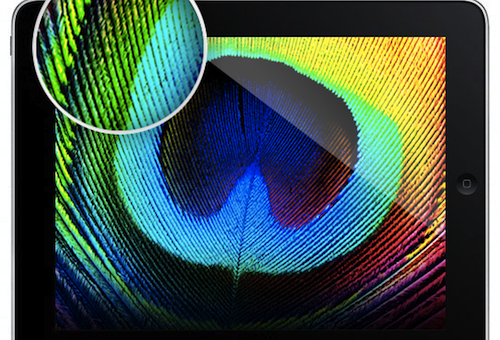

In practice that means the iPhone 4 and 4S have 326 PPI (Pixels-Per-Inch). Some observers are quoting 326 PPI as the new base standard. Let's hope they are correct, but that's not likely.
What is going to happen is a series of very substantial display resolution improvements over the next 24 months. Some will use a somewhat lower PPI, and will be justified as a "retina display" based on the manufacturer's recommended viewing distance: your mileage will vary. If both corporate and individual consumer buyers pay attention to the PPI count, and demand higher numbers, the manufacturers will be hard-pressed to ignore buyers' criteria.
Some companies are using the generic term "rich displays". That makes the meaning of those terms even mushier, but avoids Apple branding issues, and rightfully so. "Rich display" is the all-inclusive term, with Apple's "retina display" being a branded subset to the rich display category. Likewise, when it comes to thin-and-light laptops, "ultrathin" is the all-inclusive term with Intel's "ultrabook" being a branded subset to the ultrathin category.
Intel Prods Producers to Provide PPI Progress
Reports from the Intel Developer Forum (IDF) in Beijing, China clearly indicate Intel is "pulling out all the stops" to push, pull, prod, or provoke screen manufacturers to enter the rich display arena. The company showed a slide, according to Liliputing, showing they expect to see 13-inch laptops with 2800 x 1800 pixel displays, and 15-inch PCs displaying 3840 x 2160 pixels. Intel's Ivy Bridge architecture already supports retina-class display technology.
Additionally, Intel wants display producers to provide much thinner panels, with much greater energy efficiency for longer battery life, and greatly improved viewing angles.
Another piece of the puzzle is Windows 8, which will support high PPI counts making sharper images than the new iPad. A Microsoft related posting shows that tablets running Windows 8 can support maximum screen resolution higher than the new iPad’s retina display. Win 8 supports a maximum resolution of 291 PPI, which is more than the new iPad’s resolution of 265 PPI.
Polarization of Price Points
Ultrabook and ultrathin laptop makers have been battling to reduce price points to the US-$350 to $600 range, and it is clear they are going to win that battle over time. The additional cost of the greatly improved rich displays puts upward price pressure on each unit, and it isn't just the displays. Other laptop parts will need to be upgraded, such as more powerful graphics chips, which will be needed to do the far more intense computations driving all those extra pixels.
It looks as if there will be two different classes of thin-and-light, or ultrathin laptops. Those with machined metal cases and high PPI count rich displays, and those with plastic bodies and more ordinary screens. The really good news is that even the lowest priced PCs will begin to benefit from upgraded display panels as volume manufacturing causes lower resolution panels to be phased out. The reality is that those two separate classes will not be very stratified. There will be such a broad range of ultrathin laptops, that features will overlap on the continuum from the lowest priced to the most expensive notebooks.
Assessment
The "cream-of-the-crop" laptops, with the very best hardware, will be unable to hit Intel's price target of less than US-$1,000, and consumers that want those high-caliber thin-and-lights will be happy to pay the price. The other side of that coin is the simple fact, that even with vastly improved chip-sets and displays, the Average Selling Price (ASP) for ultrabooks and ultrathins will, by 2013, easily fit into the US-$350 to $600 spectrum that has been predicted.

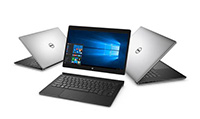 Laptop & Tablet Parts
Laptop & Tablet Parts